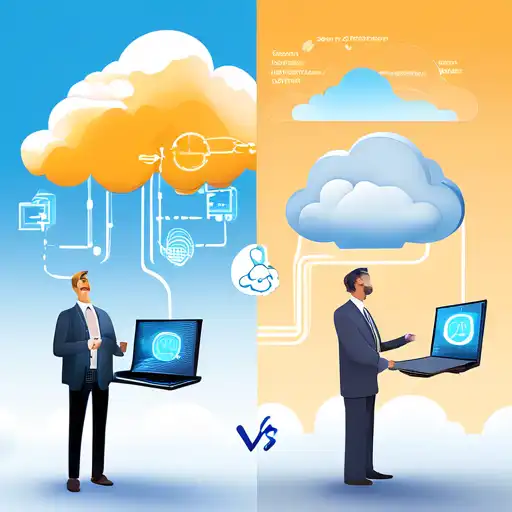Introduction to Edge and Cloud Computing
In the rapidly evolving world of technology, understanding the differences between edge computing and cloud computing is crucial for businesses and individuals alike. Both technologies play pivotal roles in data processing and storage, but they cater to different needs and scenarios.
What is Cloud Computing?
Cloud computing refers to the delivery of computing services—including servers, storage, databases, networking, software, analytics, and intelligence—over the Internet ('the cloud') to offer faster innovation, flexible resources, and economies of scale. It allows businesses to avoid or minimize up-front IT infrastructure costs.
What is Edge Computing?
Edge computing, on the other hand, is a distributed computing paradigm that brings computation and data storage closer to the location where it is needed, to improve response times and save bandwidth. It is particularly useful in IoT (Internet of Things) applications where real-time processing is crucial.
Key Differences Between Edge and Cloud Computing
While both edge and cloud computing are used to store and process data, they differ significantly in several aspects:
- Latency: Edge computing reduces latency by processing data near the source, whereas cloud computing may introduce delays due to data traveling to and from centralized servers.
- Bandwidth Usage: Edge computing minimizes bandwidth usage by processing data locally, reducing the need to send large amounts of data to the cloud.
- Security: Edge computing can offer enhanced security for sensitive data by keeping it closer to the source and reducing exposure during transmission.
- Scalability: Cloud computing provides virtually unlimited scalability, while edge computing is limited by the capacity of the local devices.
Choosing Between Edge and Cloud Computing
The choice between edge and cloud computing depends on the specific needs of a business or application. For applications requiring real-time processing and low latency, edge computing is the preferred choice. Conversely, for applications that require massive storage and computing power, cloud computing is more suitable.
Future Trends
As technology continues to advance, the line between edge and cloud computing is expected to blur, with hybrid models becoming more prevalent. These models will leverage the strengths of both computing paradigms to offer optimized solutions for various applications.
For more insights into the latest technology trends, check out our technology trends section.
Conclusion
Understanding the differences between edge and cloud computing is essential for making informed decisions about IT infrastructure. By considering factors such as latency, bandwidth, security, and scalability, businesses can choose the right computing model to meet their needs.
